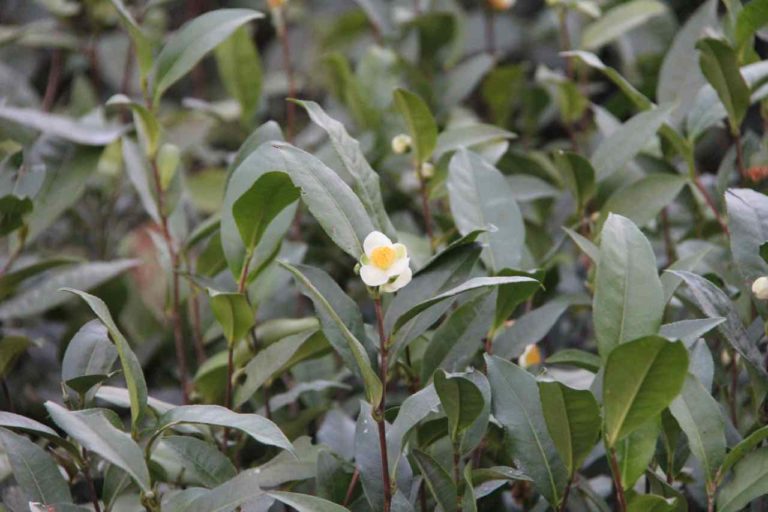
Almost every tea that is enjoyed all over the world comes from a plant species whose scientific name is Camellia Sinensis. Camellia Sinensis is an ever-green shrub that can grow into a small tree (up to 66 feet) if it is left unpruned. The plant originated near the southeast region of China and as one of the stories go – tea was accidentally discovered when some glossy green leaf, with serrated edges, from an overhanging Camellia Sinensis tree drifted into the Chinese Emperor’s pot of boiling water. The pot of boiling water and the Camellia Sinensis leaves yielded a drink – tea!It was after this that people sought out the medicinal uses of tea.
There was a lot of uncertainty regarding the correct genus of the tea plant as there were many variations (there are between 100 to 300 species) until it was finally decided in 1935, at the International Botanical Congress in Amsterdam, that the genus of the tea plant is Camellia Sinensis. The nomenclature of the tea plant was settled in 1962 by Dr. W. Wright who proposed this specific root – Camellia Sinensis(L) for the China tea plant, Camellia assamica(Masters) for the Assam tea plant and the sub-specific Camellia assamica sub sp.lasiocalyx (Planch.MS) or Cambodiensis for the Southern form of tea plant (Indo-China)
The tea plants, Camellia Sinensis(L), Camellia assamica(Masters) and Camellia assamica sub sp.lasiocalyx (Planch.MS)/ Cambodiensis, are highly fertile plants and propagate within the various clones of Camellia. Each region has hybrid clones of the plants due to natural hybridization that took place because of the close proximity in South East Asia. When tea cultivation began, the cultivators exploited this to create a variety of clones and bi-clonal seeds of the tea plants by creating an abundance of hybrid tea plants to suite the climate and crop needs.
The small-leaved China tea plant and its hybrids are cultivated in colder and often higher elevation areas of the tropical and sub-tropical belts. These 3 to 6 feet large shrubs have slender stems coming out of the trunk of the plant close to the ground. The hard, thick, and tough leaves can handle the cold temperatures. These plants are often known for producing quality green leaves for the production of high quality black and green teas.
The Assam plant are about 33 to 50 feet tall with trunks making up to a third of its height. The plant typically is a bush with thin leaves that have a less sharp apex. They are suited for climates that have high humidity and frequent rainfall. They help produce rich and full-bodied black teas.
Finally, the Cambodia plant or Camellia assamica sub sp.lasiocalyx (Planch.MS) or the Cambodiensis or Southern form of tea is a small fast-growing tree between 19 to 33 feet tall. They are similar to the Assam type plants in leaf size but differ in the seasonal development of reddish or coppery pigments in the leaves during the fall to winter seasons.
